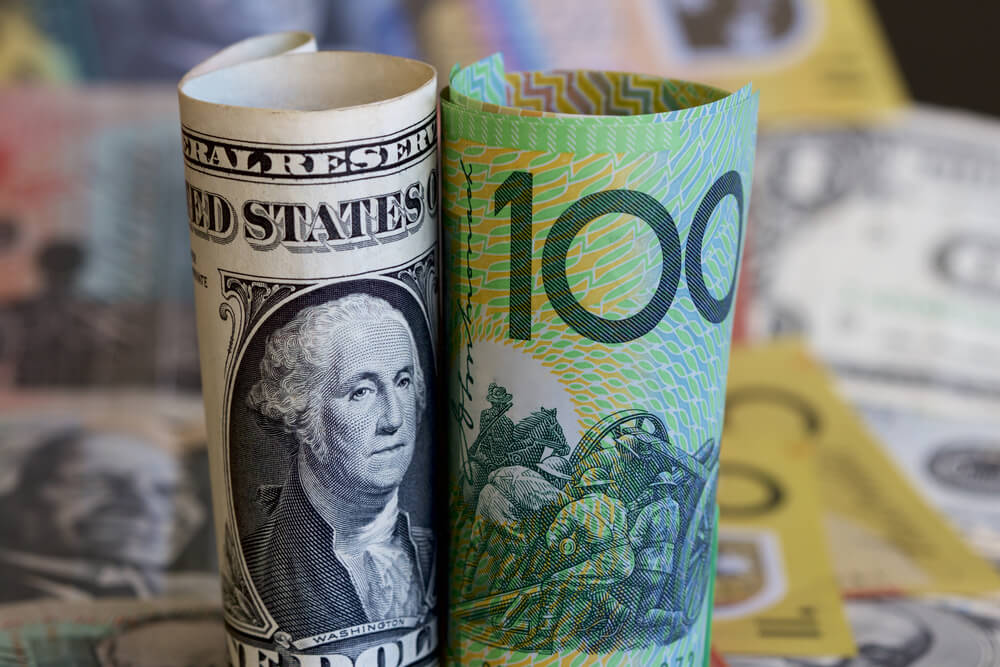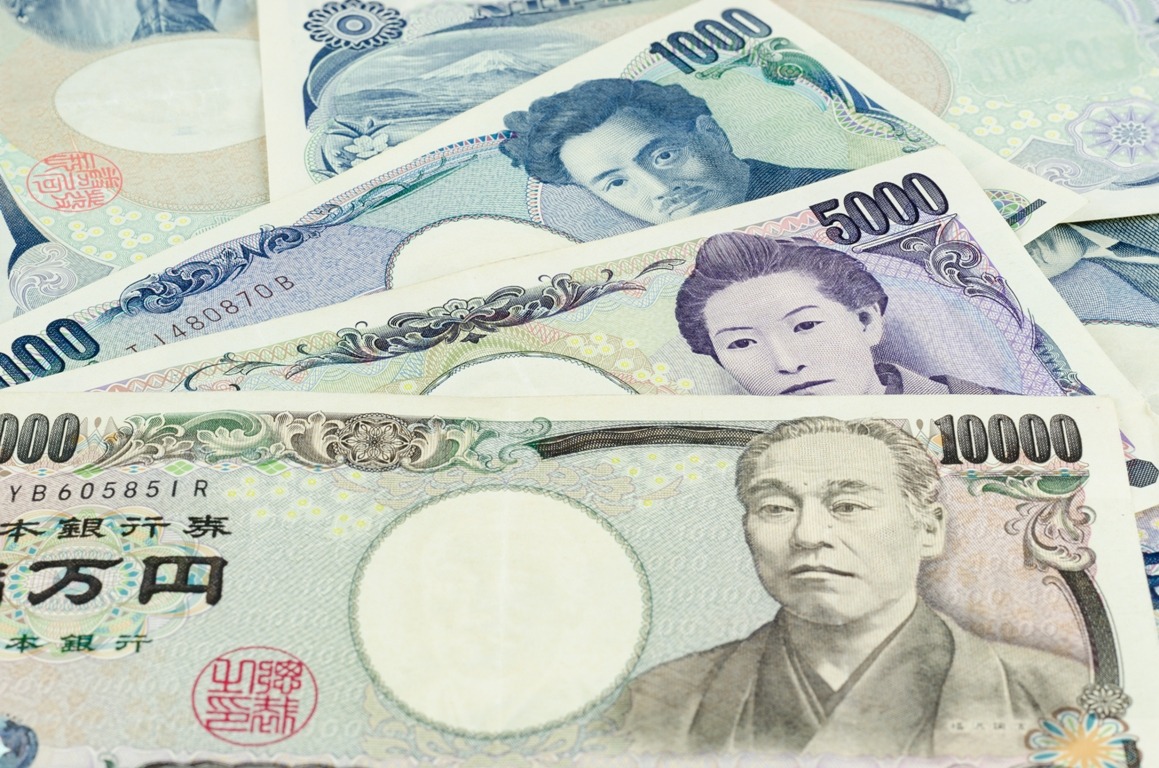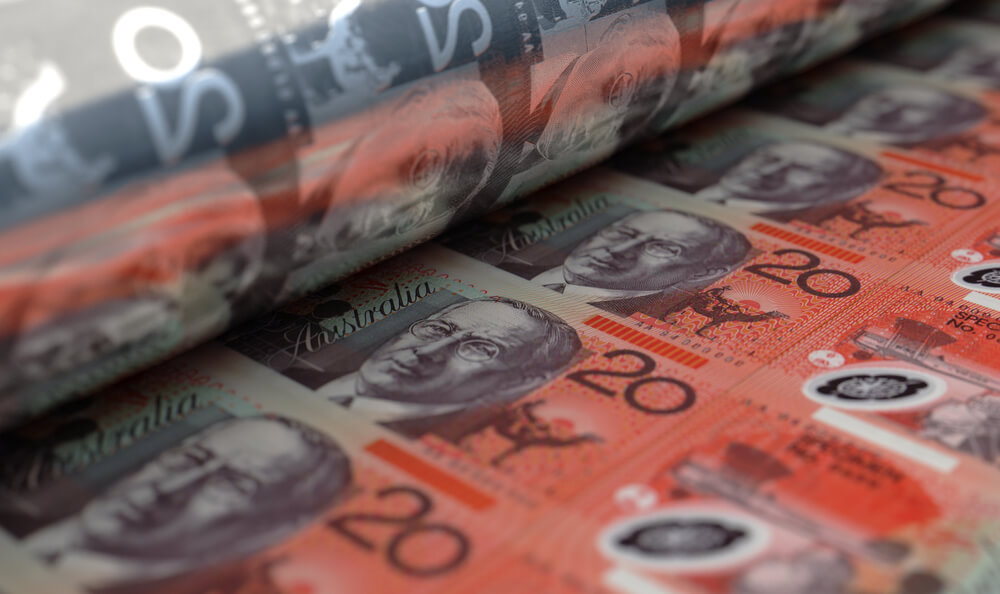Key Points:
- AUD/USD showed a Dragonfly Doji and a break above the 50-4hr SMA, suggesting a short-term bottom at 0.6452 and a possible uptrend.
- Australian Q1 CPI rose to 3.6%, exceeding expectations and pushing AUD/USD to 0.6530, indicating potential RBA policy shifts.
The Australian Dollar has recently shown notable volatility against the US Dollar due to important economic data and chart patterns. Consequently, these factors have primarily driven its fluctuations. Key events influencing AUD/USD include the Q1 Australian CPI release and technical analysis signs of a potential bullish reversal.
Inflation Climbs to 3.6%, RBA Reactions Awaited
On April 19, 2024, the Australian Bureau of Statistics released the Q1 CPI figures. They showed an increase of 3.6%, surpassing the market expectations of 3.4%. The unexpectedly high inflation rate suggests the Reserve Bank of Australia might raise its inflation forecasts, impacting monetary policies. Furthermore, after its release, AUD/USD hit 0.6530 as investors shifted positions, expecting a stricter policy stance from the RBA.
Dragonfly Doji at 0.6452 Suggests AUD Bullish Reversal
The AUD/USD pair has also been under the technical analysts’ radar. On April 24, 2024, the currency pair’s daily chart showed a Dragonfly Doji, indicating a potential bullish reversal. This was further confirmed by a break above the 50-4hr Simple Moving Average (SMA) and a rising Moving Average Convergence Divergence (MACD) indicator above the zero line. Technical indicators imply that the AUD/USD has likely reached a short-term bottom at 0.6452, potentially initiating an upward trend.
AUD/USD Gains Momentum Against Soft US PMI
The backdrop of the AUD/USD movements includes contrasting economic indicators from the US, where weak PMI data has painted a less robust picture of the economic strength, further supporting the rise in AUD/USD. Financial institutions like Rabobank and TD Securities forecast no RBA rate cuts until late 2024 and early 2025, respectively, citing a shallow easing cycle and a hawkish but cautious RBA. Societe Generale notes that a significant rise in AUD/USD would still depend on a retracement in US yields, highlighting the intricate balance of external factors influencing the pair.
AUD/USD Outlook: Mixed Signals Predict Bullish Reversal
As market participants digest these mixed signals, the outlook for AUD/USD remains cautiously optimistic. Technical indicators suggest a bullish AUD reversal, with fundamentals aligned; attention turns to upcoming economic releases and central bank updates. Investors and traders will closely monitor these developments, pivotal in determining AUD/USD’s direction in the coming months.















